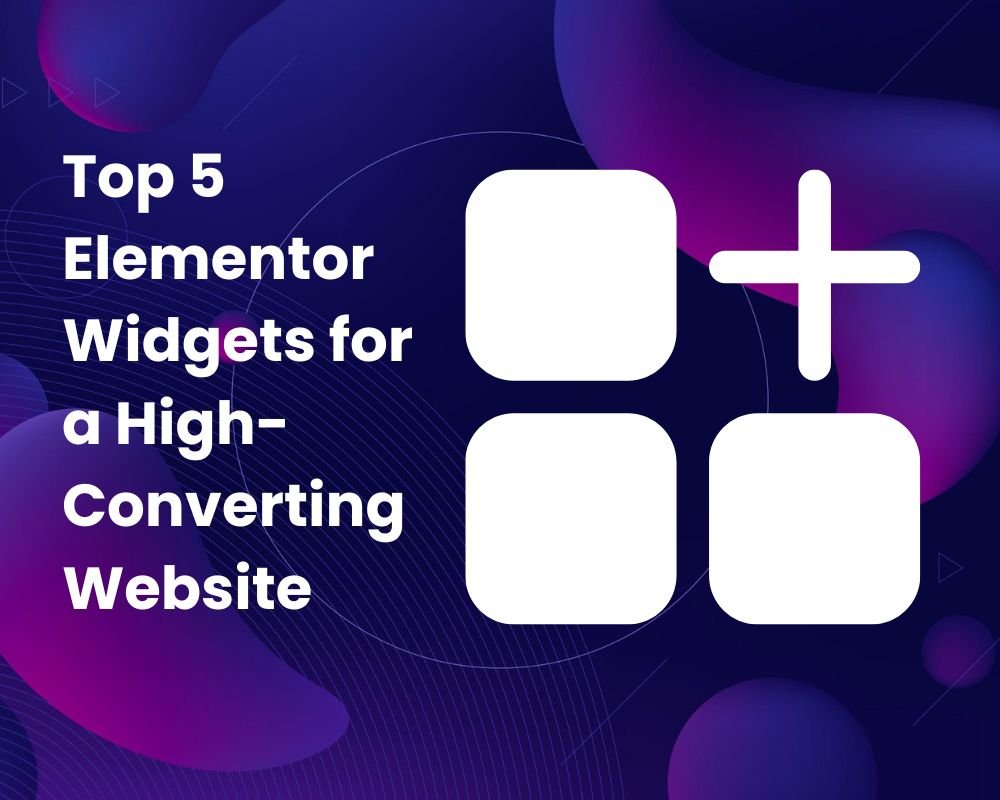The Power of Color Psychology in Web Design
Need Assistance with Website creation?
Need support in crafting your website? We’re here to help! Our expertise ensures seamless development tailored to your needs.
Latest elementor templates
-
 NEW!Contenor
NEW!Contenor -
 NEW!tradepro
NEW!tradepro -
 NEW!podnest
NEW!podnest -
 NEW!artistry
NEW!artistry -
 NEW!ecoCycle
NEW!ecoCycleRecycling and Waste Services Website Template
$28.00in Business, elementor pro Templates, Environmental... -
 NEW!silkroad
NEW!silkroad -
 NEW!novale
NEW!novale -
 NEW!insectfree
NEW!insectfree
Template categories
- Blog/Magazine (17)
- Corporate (169)
- Creative (37)
- Art (11)
- Photography (6)
- Portfolio (21)
- Education (19)
- elementor pro Templates (281)
- Free Templates (16)
- Miscellaneous (21)
- Non-profit (5)
- Environmental (2)
- political (1)
- Real Estate (15)
- Restaurants & Cafes (13)
- Retail (84)
- Children (5)
- Fashion (10)
- Food (19)
- Health & Beauty (22)
- Technology (32)
- Woocommerce (48)
Need Assistance with Website creation?
Need support in crafting your website? We’re here to help! Our expertise ensures seamless development tailored to your needs.
Color is a powerful tool in web design that can significantly influence user behavior and brand perception. The right color choices can evoke emotions, prompt actions, and create a lasting impression on visitors.
Understanding color psychology is essential for designing websites that not only look aesthetically pleasing but also resonate with the audience and enhance the user experience. In this post, we will explore how different colors affect user behavior and how to strategically use color in web design to strengthen your brand.
Introduction to Color Psychology
Color psychology is the study of how colors affect human behavior and emotions. Colors can influence mood, trigger psychological responses, and impact decision-making processes. In web design, color is used not only to create a visually appealing site but also to guide users, convey messages, and enhance brand identity.
The Psychological Effects of Colors
Red
Effects: Red is a bold and attention-grabbing color that can evoke strong emotions such as excitement, passion, and urgency. It is often associated with energy, danger, and action.Usage: Use red to draw attention to important elements like calls to action (CTAs), sale announcements, or warnings. However, use it sparingly to avoid overwhelming users.Blue
Effects: Blue is a calming and trustworthy color that conveys stability, reliability, and professionalism. It is often associated with calmness and security.
Usage: Blue is ideal for corporate websites, finance-related sites, and platforms that require user trust, such as social media networks. It’s also a good choice for backgrounds and navigation bars.
Green
Effects: Green symbolizes nature, growth, and health. It has a calming and refreshing effect and is often associated with tranquility and harmony.Usage: Green is perfect for health and wellness sites, eco-friendly brands, and financial services. It can also be used for buttons and CTAs to signify “go” or positive actions.Yellow
Effects: Yellow is an energetic and cheerful color that evokes feelings of happiness, positivity, and warmth. It can also be attention-grabbing but may cause visual fatigue if overused.Usage: Use yellow to highlight key information, draw attention to promotions, or convey optimism and creativity. Pair it with darker colors for better readability.Orange
Effects: Orange combines the energy of red and the happiness of yellow. It is associated with enthusiasm, creativity, and success.Usage: Orange is effective for CTAs, banners, and promotions. It’s great for brands that want to appear friendly, adventurous, and youthful.Purple
Effects: Purple is often associated with luxury, sophistication, and creativity. It evokes feelings of elegance, wisdom, and spirituality.Usage: Use purple for brands that want to convey a sense of high quality, innovation, or artistic flair. It’s suitable for beauty products, luxury goods, and creative services.Black
Effects: Black represents power, elegance, and sophistication. It can also convey mystery, formality, and strength.
Usage: Black is versatile and can be used to create a sleek, modern look. It’s ideal for luxury brands, high-end products, and minimalist designs. Pair it with white or other colors for a classic and sophisticated contrast.
White
Effects: White symbolizes purity, simplicity, and cleanliness. It creates a sense of space and openness and is often associated with minimalism.
Usage: White is commonly used for backgrounds to create a clean and uncluttered look. It helps other colors stand out and enhances readability.
Using Color to Influence User Behavior
Calls to Action (CTAs)
The color of your CTA buttons can significantly impact their effectiveness. Bright, contrasting colors like red, orange, or green can make CTAs stand out and encourage clicks. The key is to ensure the CTA color contrasts well with the surrounding elements.
Navigation
Colors can guide users through your site and help them find what they’re looking for. Highlighting the active menu item, using color-coded sections, and maintaining consistent color schemes for different types of content can enhance user navigation.
Content Highlighting
Use color to emphasize important content, such as headings, quotes, and key points. A well-placed splash of color can draw attention to specific areas without overwhelming the overall design.
Color and Brand Perception
Establishing Brand Identity
Consistent use of color can help establish and reinforce your brand identity. Choose a primary color that represents your brand’s values and use it consistently across all platforms and marketing materials. Secondary colors can complement the primary color and add depth to your branding.
Consistency Across Platforms
Ensure that your color scheme is consistent across your website, social media profiles, email campaigns, and other marketing channels. This consistency helps build brand recognition and trust among your audience.
Best Practices for Using Color in Web Design
Color Harmony and Contrast
- Harmony: Use colors that complement each other to create a visually pleasing design. Tools like Adobe Color can help you find harmonious color schemes.
- Contrast: Ensure sufficient contrast between text and background colors to enhance readability. High contrast can also be used to draw attention to specific elements.
Accessibility Considerations
- Color Blindness: Consider how your color choices affect users with color blindness. Use patterns, textures, or additional text labels to differentiate elements.
- Readable Text: Ensure text is legible against background colors. Use contrast checkers to test readability.
Cultural Differences
Colors can have different meanings in different cultures. For example, white is associated with purity in Western cultures but can symbolize mourning in some Eastern cultures. Consider your target audience’s cultural background when choosing colors.
Color psychology is a vital aspect of web design that can influence user behavior and shape brand perception. By understanding the psychological effects of colors and strategically using them in your design, you can create a more engaging and effective website. Remember to consider factors like color harmony, accessibility, and cultural differences to ensure your color choices resonate with your audience and enhance their experience.
Using color effectively can help you build a strong brand identity, guide users through your site, and prompt them to take desired actions. Embrace the power of color psychology in your web design to create a memorable and impactful online presence.
SHARE:






